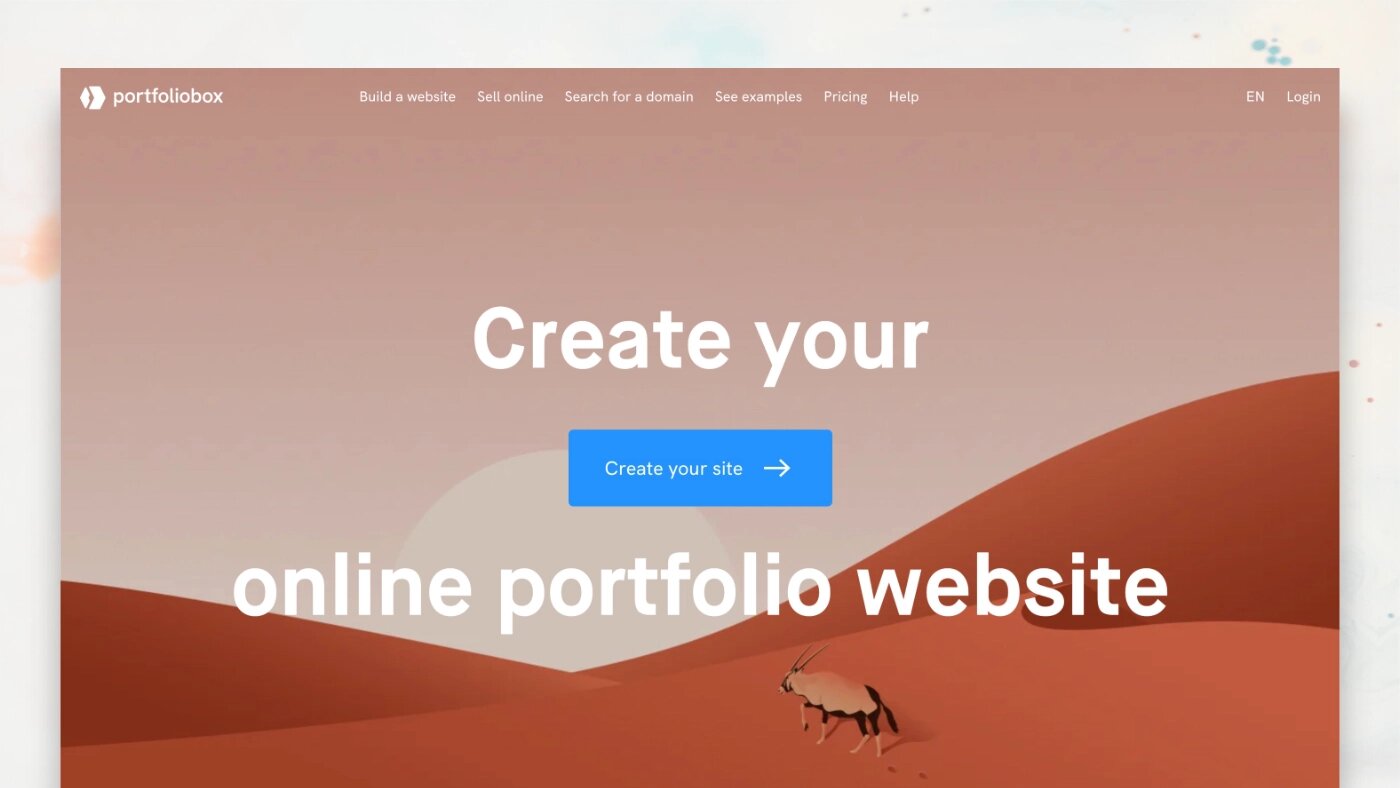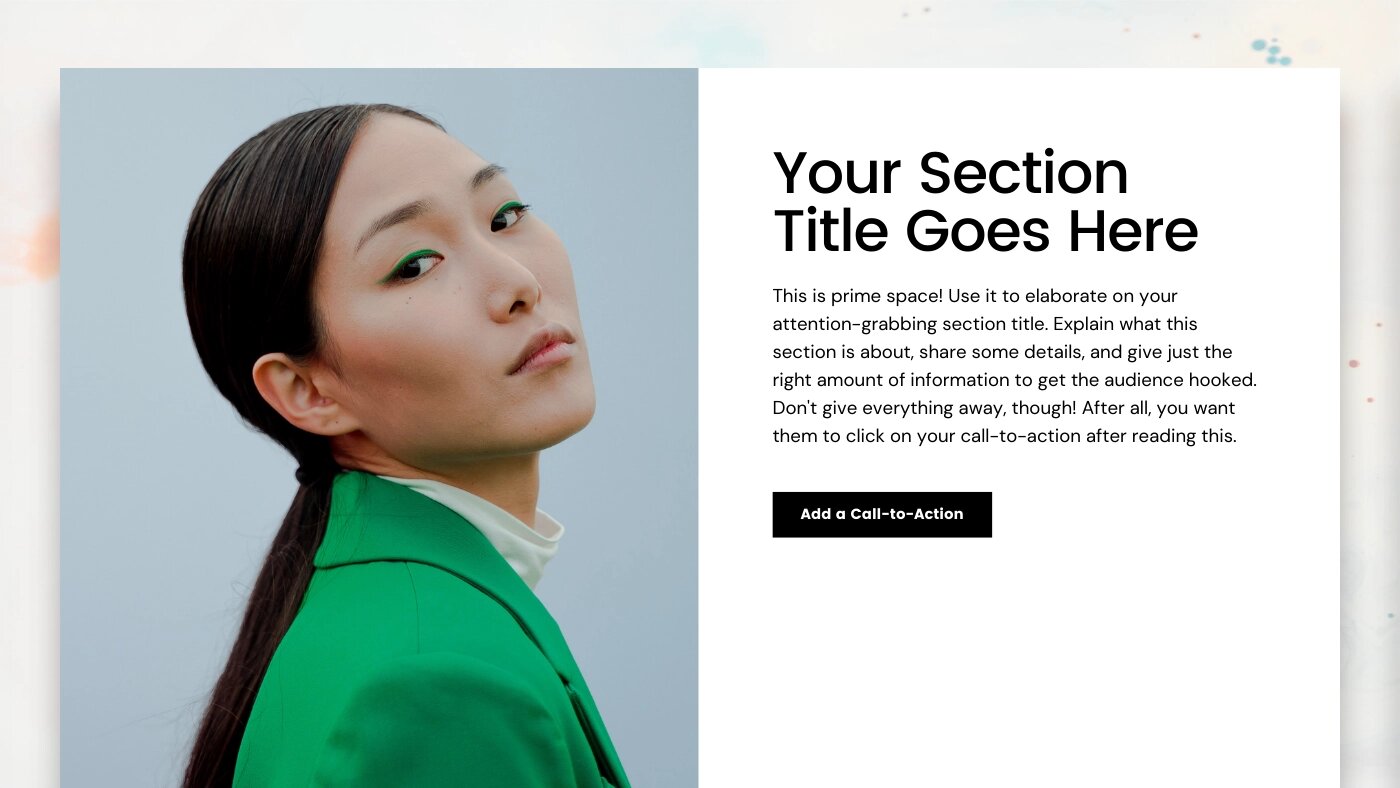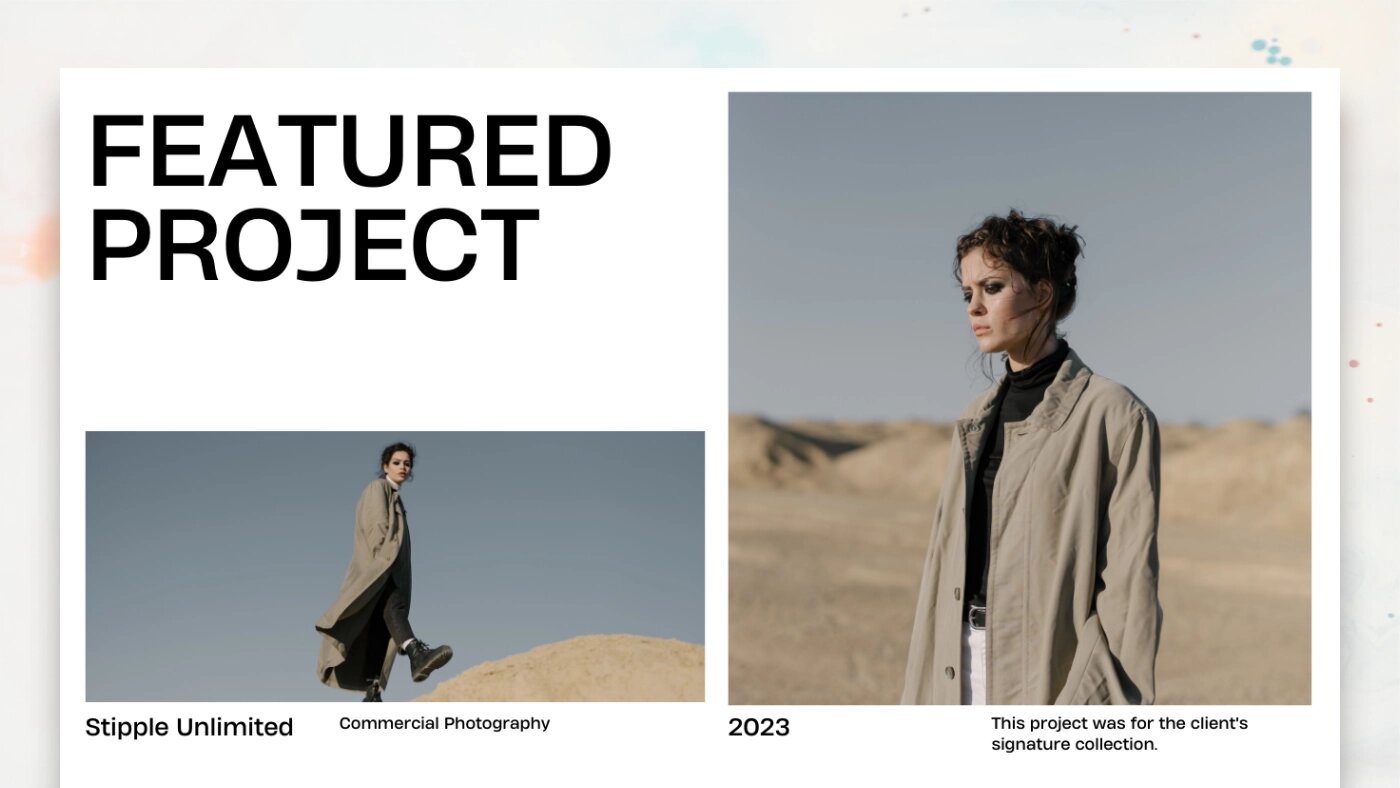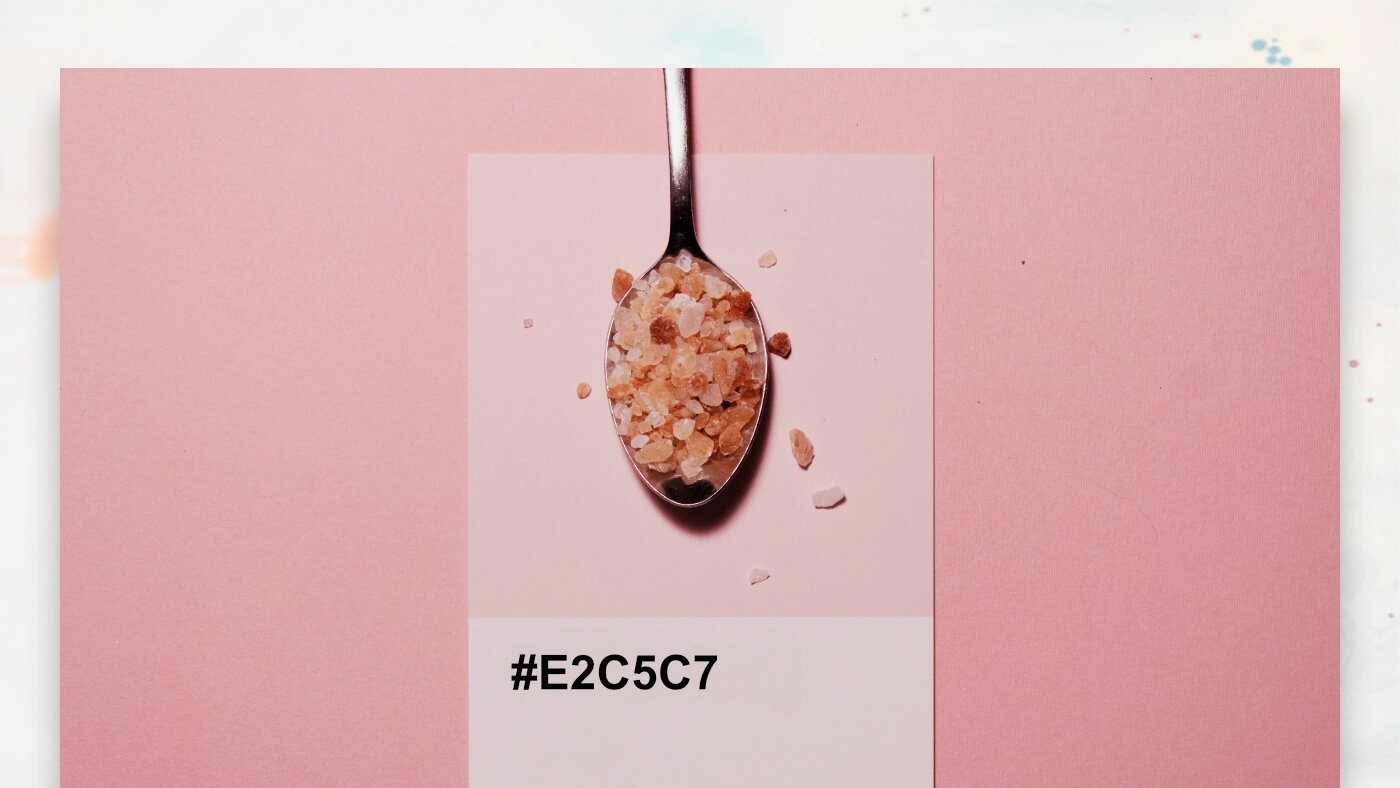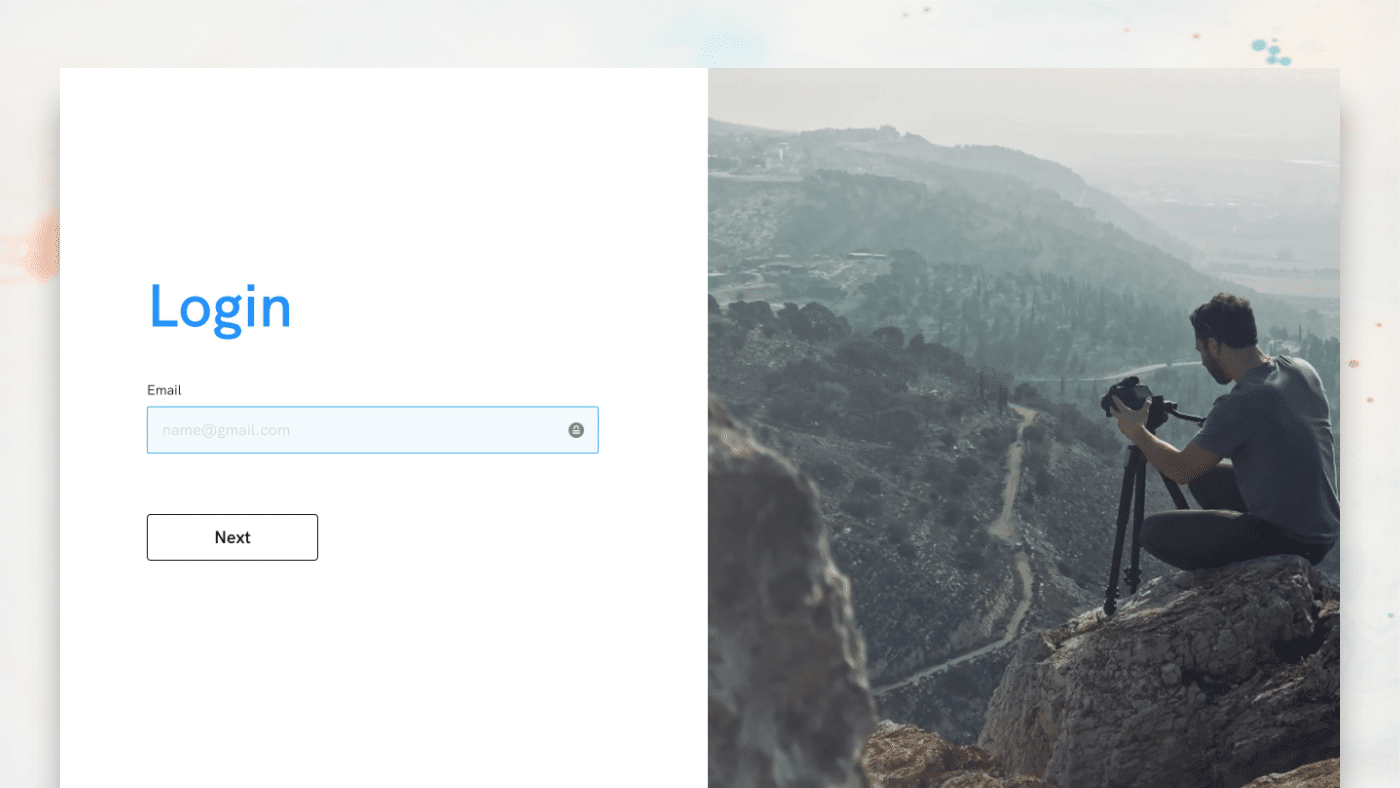Table of Contents
Adding a link to your content allows pointing to another location on your website, and also outside your site. A link can be added in many ways via texts, images, buttons, social media icons, etc...
Links in Text elements
A link can be added via text editor. To add a link:
- Right-click on a text element
- In the Context Menu, click Change Content to open the text editor
- Select the text that you want to link
- Click on the link icon
- Select the link type (for example, One Of Your Pages)
- Configure the link and confirm the changes.
- Click Done to save the changes.

Links in Image elements
It's possible to upload an image and make it work as a link. You can do that by using the Add Element Below option, and selecting type Image Link (under Links):
Once an element is added, follow the instructions to add a link:
- Right-click on an image element
- In the Context Menu, click Change Content
- Click on the Link to box
- Select the link type (for example, One Of Your Pages)
- Configure the link and confirm the changes.
- Click Done to save the changes.

Buttons
A button can be added to a page using the Add Element Below option, and selecting type Button (under Links):

Once an element is added, follow the instructions to add a link:
- Right-click on a button element
- In the Context Menu, click Change Content
- Click on the Link to box
- Select the link type (for example, One Of Your Pages)
- Configure the link and confirm the changes.
- Click Done to save the changes.

Use headers to organise the content on your page. Headers elements have an HTML tag h1, h2 or h3 and are good for SEO. Try to have one Header 1 per page.
Social media links
The Add Element Below option can also be used to add a Social Media element (under Links). Once an element is added, you can configure your social media links by following steps below:
- Right-click on a social media element
- In the Context Menu, click Change Content
- Click on the social media that you want to configure
- Under Link to, fill in the link of your social media profile (including https://)
- Click Done to save the changes
